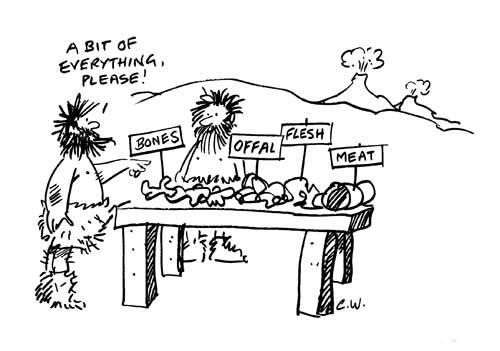|
|
The Ketogenic Diet |
In the January Foods Matter Ruti Chang described how she developed life- threatening epilepsy as a result of her parents attempts to ‘fatten her up’ as a child. |
When I was told that I would be mimicking starvation on a diet high in fats and just enough carbohydrates to prevent hypoglycaemia, I was understandably worried. My body was going to be forced into using fat for fuel instead of carbohydrates and I was going to have to eat meat, eggs, double cream and cheese. I was shocked to hear that I would initially lose weight and that prohibited foods included bread. This seemed to go against all healthy eating principles.
Not just for epileptics The Atkins diet References: The ketogenic diet and me – Ruti reports on her own experiences Standing at only 164 cms and weighing only 50 kg, my reaction to the suggestion that I should be placed on the 'supermodel' diet was one of horror. I had spent my life trying to put weight on and now at my most vulnerable I was introduced to a diet.
The suggestion followed a consultation with my neurologist. He advised me that my brain could not cope with the constant barrage of epileptic seizures that plagued me. Click here for more articles Click here for LINKS to manufacturers of nutrition and food supplements. First Published in 2009Top of page |









